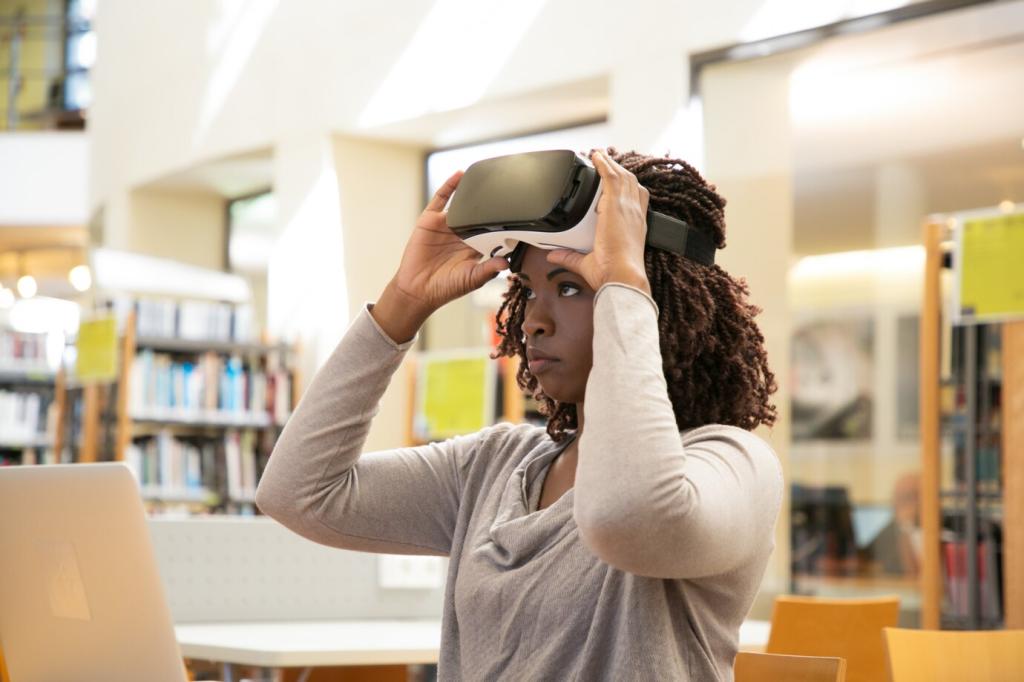The Impact of Virtual Classrooms on Modern Learning
Virtual classrooms have revolutionized the educational landscape, shaping the way students and educators engage with knowledge and each other. The digital transformation of learning environments, driven by advances in technology, has allowed education to transcend traditional boundaries. Opportunities now abound for innovative teaching strategies and deeper student engagement, but new challenges also arise in terms of access, effectiveness, and equity. The following sections explore how virtual classrooms have impacted modern learning, examining the shift in teaching methods, student interaction, accessibility, and the future trajectory of digital education.


Transformation of Teaching Methods
Digital technology pushes educators to rethink conventional methods, making way for creative instructional strategies that leverage interactive tools, multimedia content, and real-time feedback. With virtual classrooms, teachers can tailor lesson plans to accommodate a spectrum of learning preferences and paces, utilizing platforms that facilitate quizzes, discussions, and personalized assignments. Asynchronous video lectures, live webinars, and collaboration tools provide fertile ground for experimentation, empowering instructors to move away from traditional lecture-based delivery. This flexibility not only enhances engagement but also holds the potential to increase knowledge retention, encouraging critical thinking as students navigate a multifaceted learning environment.
Student Engagement and Participation
Motivation is a central challenge within virtual classrooms, as distractions and isolation can easily erode student focus. Educators are increasingly adopting gamification, interactive content, and goal-oriented activities to create immersive educational experiences. The integration of immediate feedback, rewards, and student choice nurtures intrinsic motivation and sustains interest throughout a course. Tools like breakout rooms, polls, and peer-review assignments help build a sense of accomplishment. The flexibility of access further supports diverse learning rhythms, enabling students to manage their own progress and take ownership of their education.

Accessibility and Equity in Digital Education
Access to reliable devices and high-speed internet is fundamental for participation in virtual classrooms, yet disparities persist across regions and socioeconomic backgrounds. Efforts to bridge this digital divide include providing subsidized devices, expanding broadband infrastructure, and promoting inclusive software design. Schools and governments are increasingly cognizant of the need for equitable resource distribution, but challenges remain. The digital divide not only limits academic success for some students but also exacerbates existing inequalities, making it critical for educational stakeholders to implement sustainable solutions that ensure every learner can meaningfully participate in virtual education.

